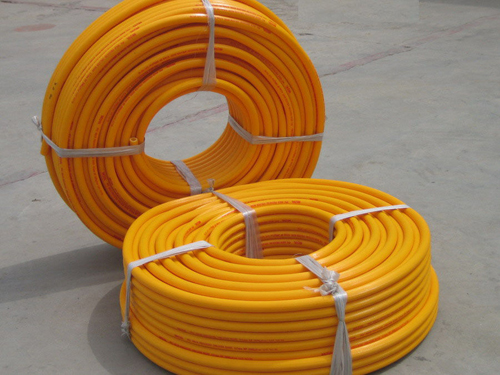
There are two types of wiring in the integrated wiring, which are unshielded wiring and shielded wiring. The first method of shielded wiring originated in Europe. The main method is to add a metal shielding layer outside the ordinary unshielded wiring system. The principle is to use The emission, absorption and skin effect of the metal shielding layer achieve the function of preventing electromagnetic interference and electromagnetic radiation. The shielding system makes full use of the principle of balance between twisted pairs and the shielding effect of the shielding layer, so it has very good electromagnetic compatibility (EMC). characteristic. In addition, shielded wiring is also slowly showing its advantages in electromagnetic compatibility. Currently, cables are used in many countries such as Europe, North America, and North America.
The advantages of shielded cabling can help the rapid development of the Internet. Many large data centers use shielded cabling systems. Therefore, the use of shielded cabling systems is one of the major trends in network cabling in the future. Let's take a look at the issues related to shielded cabling in the process of network cabling.
First, what is the EMC characteristic?
EMC is electromagnetic compatibility. It means that an electronic device or network system has a certain ability to resist electromagnetic interference, and it cannot generate excessive electromagnetic radiation at the same time. In other words, it is required that the device or network system can work normally in a relatively harsh electromagnetic environment, and at the same time there is the inability to radiate excessive electromagnetic waves to interfere with the normal operation of other devices and networks around.
Second, how to measure the difference in performance between shielded and unshielded systems?
The advantage of the FTP cable shield system is to provide better EMC performance than UTP cable, which is based on the system being isolated from the external electromagnetic environment. Because the external electromagnetic environment will affect the entire wiring system data transmission. So far, there are no performance indicators or test methods to express or compare EMC performance.
Third, UTP cable is the ideal balanced transmission system. Why use FTP cable?
The UTP cable is twisted through the core to achieve EMC performance, which means that EMI is first received by the UTP cable before it is offset. However, as the frequency increases, UTP's EMC performance will decline. After measurement, it was found that the twisted pair of the cable can only meet the EMC performance of 30 MHz, and the twisted pair of higher electromagnetic interference will force **. So far, most of the actual network applications have operating frequencies below 30 MHz.
Also, the ideal balanced transmission system does not exist. The balance characteristics of UTP cables do not depend only on the quality of the parts themselves (eg twisted pairs) but are affected by the surrounding environment. Because the metal around the UTP, hidden "ground", traction in the construction, bending, etc. will destroy its balance characteristics, thereby reducing the EMC performance.
In fact, we usually install cables that will be threaded into metal conduits, plastic conduits, or other protections with different grounding impedances. Therefore, in order to achieve permanent ground performance, there is only one solution: ground all the core wires with one more aluminum foil. Aluminum foil adds protection to the fragile twisted-pair core and creates a balanced environment for the UTP cable. This means that the shielding solution based on the FTP cable is environmentally friendly, ie it is not related to the environment. FTP is a blend of UTP's balancing features and construction flexibility and STP's shielding effect, which is the perfect combination of balancing and shielding principles.
Fourth, what is the shielding principle of FTP cable?
Different from the balanced cancellation principle of twisted pair, the FTP cable adds one or two layers of aluminum foil on the outside of the four twisted pairs, using the principle of reflection, absorption, and skin effect of metal on the electromagnetic wave (the so-called skin effect refers to The distribution of the current in the conductor cross-section tends to be distributed along the surface of the conductor as the frequency increases. The higher the frequency, the smaller the skin depth, ie, the higher the frequency, the weaker the penetrating ability of the electromagnetic wave. This effectively prevents external electromagnetic interference from entering the cable. At the same time, it also prevents internal signals from radiating and interferes with the work of other devices.
Experiments have shown that electromagnetic waves with a frequency exceeding 5 MHz can only penetrate 38 μm thick aluminum foil. If the thickness of the shielding layer exceeds 38μm, for example, the Nexans FTP cable shields the two layers of aluminum foil with a thickness of 25μm, so that the frequency of electromagnetic interference that can enter the cable through the shielding layer is mainly below 5MHz. For low-frequency interference below 5 MHz, the twisted-pair principle can be effectively used to cancel.
Photovoltaic Bracket ,Solar Panel Bracket
Photovoltaic Bracket,Photovoltaic Power,Solar Panel Bracket
BAODING JIMAOTONG IMPORT AND EXPORT CO., LTD , https://www.chinagroundscrew.com